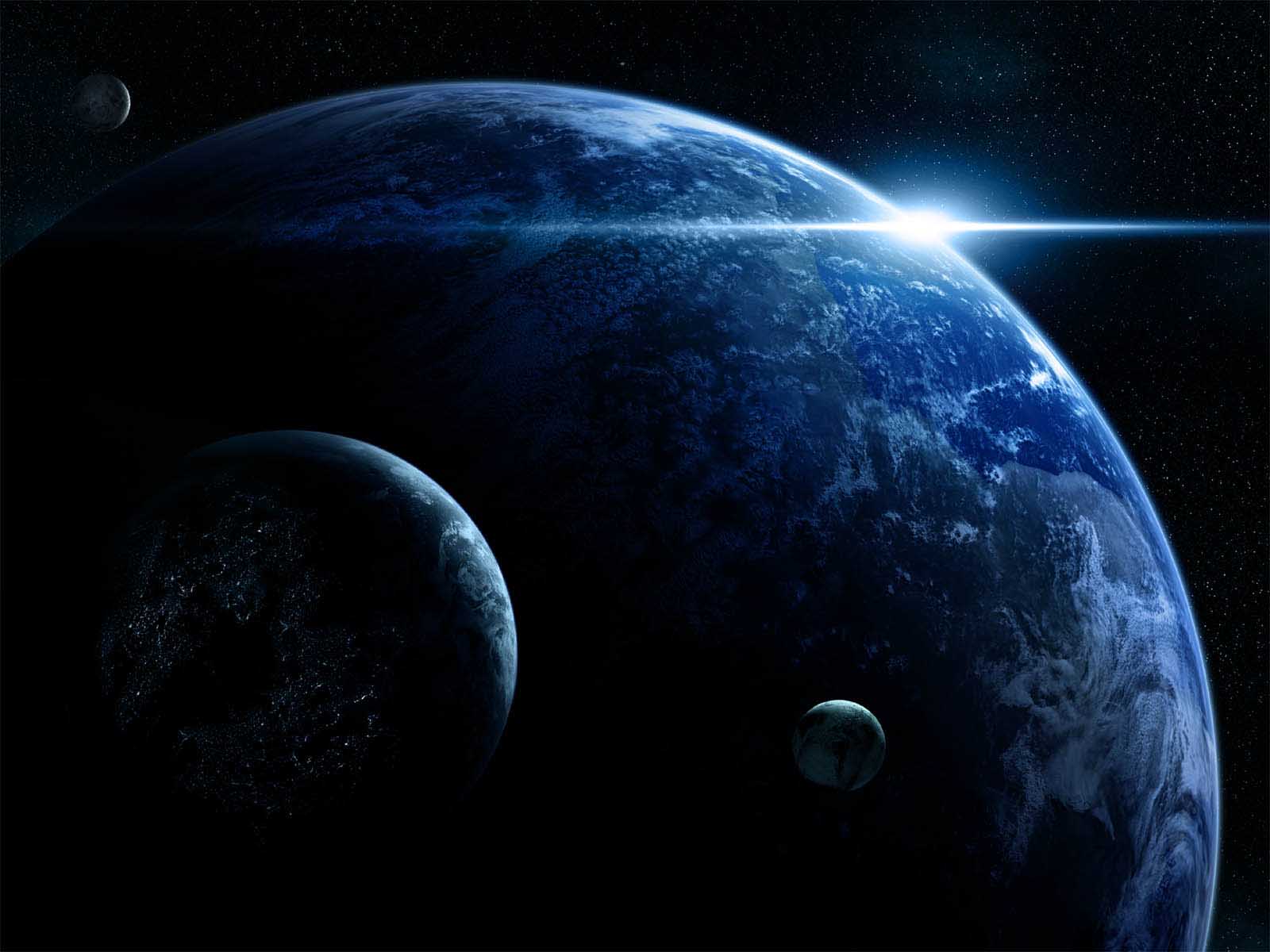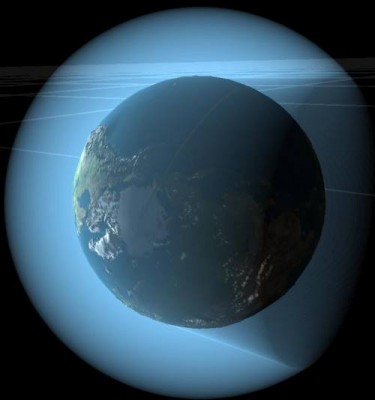Difference between Atmosphere and Space

Even though people are normally aware of the terms space and atmosphere, they often end up confusing the two to be the same. In laymen terms, anything that moves out of the planet is said to have entered space, ignoring the presence of atmosphere in it. This misconception is extremely common, but can easily be removed by learning about the difference between the two.
Atmosphere is basically a layer of gas that forms around a mass in space that has sufficient gravity, whereas space is the region beyond the atmosphere and can be defined as a void that lies between stars. Since space is so vast and it is difficult to tell the boundary of atmosphere, a lot of people go with the convenience of regarding the entire region outside of a planet as space, including atmosphere in it.
Instructions
-
1
Atmosphere and space differ from each other on the account of their composition. While atmosphere consists of gas molecules, space is believed to be a perfect vacuum, having no molecules in it. Since there are no gases and consequently no oxygen in space, it does not support life. Atmosphere, on the other hand, can support life, as can be clearly seen in the case of planet Earth, i.e. the world we live in. One more thing to note is that in atmosphere, the pressure of gases is direction proportional to the distance from the sea level.
Another thing that sets atmosphere apart from space is the variation in temperature. Depending on the height from the sea level, the temperature level varies, becoming lower as the distance from the sea level increases. In space, however, the temperature consistently remains close to zero. Typically, the temperature of the star is higher as compared to that of outer space and is affected by various factors such as the type of star, gravity, distance from star, stellar activity and the size of the planet. -
2
Atmosphere
Atmosphere is formed around a mass due to gravity. Whenever there is sufficient gravity present on a massive body, gases accumulate around it. This layer of gas is typically called atmosphere. The density of atmosphere depends on the intensity of gravitational force, as well as the solar activity within the system.

-
3
Space
The region, or more appropriately void, beyond a mass’s atmosphere is called space, or outer space. It is the empty region lying between the stars. So far, the limit of space has not been determined. Being a perfect vacuum, space does not reflect light, has temperate close to zero and does not have any pressure. It does not support life either.








